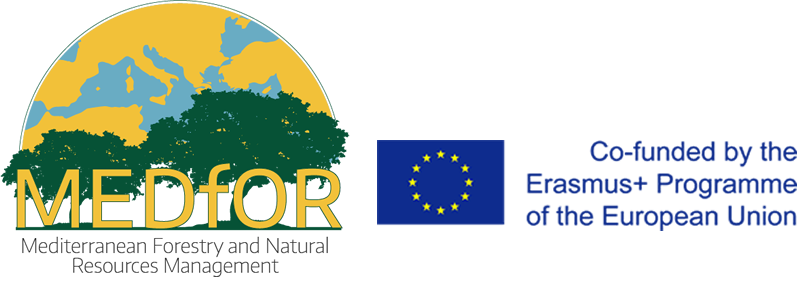Describing fire regimes over Turkey using MODIS fire Observations. Master Thesis.
Giuseppe Baldassarre. 2020. Describing fire regimes over Turkey using MODIS fire Observations. Master Thesis. The University of Lleida - School of Agrifood, Forestry Science and Engineering.
Supervisors:
Abstract
The MODerate resolution Imaging Spectrometer (MODIS) sensor on board of TERRA and AQUA satellites has already been employed successfully to study fire regime characteristics and their potential drivers at the global and the regional level. Here we propose a mapping of fire regimes over Turkey by taking advantages of the most recent versions of both the active fire (MCD14ML) and burned area (MCD64A1) products derived from the MODIS sensor during the period from 2003 to 2019.
Using these two datasets we computed eight fire regime variables at the spatial resolution of the Turkish provinces: incidence, inter-annual variability, seasonality and intensity. Furthermore, we characterized the Turkish provinces in terms of two antecedent variables, anthromes and climate types, using adapted high resolution maps recently released.
By mean of principal component analysis and hierarchical clustering we reduced the dimensionality of the fire regime variables and identified three main groups of provinces with distinct characteristics. Then we further characterized these groups with the antecedent variables in order to infer anthropic and climatic drivers.
Three out of four of the MODIS active fires were detected in croplands, suggesting regular use of fire as land management tool. Two out of three of the cropland active fires were recorded in residential irrigated croplands, underling the role of the percentage of rural population and water availability in boosting the agricultural burning dynamics. Three out of four the MODIS active fires were recorded in temperate dry-summer climate while irrelevant burning activity was observed over the cold and humid Black Sea provinces.
Half of the observed activity was recorded in only five of the eighty-one Turkish provinces, between Central and South-Est Anatolia, mainly coinciding with patterns of residential irrigated croplands, and characterized by regular, unimodal, summer seasons. Fires in the cold and dry croplands and rangelands of Central and East Anatolia are concentrated in short, irregular fire seasons with peak activity during the summer. The more populated provinces of West Anatolia, dominated by croplands and forests in temperate climate are characterized by more regular and longer fire season, often bi-modal with main peak in non-summer months, and low energetic occurrences. Energetic forest fires area associated with the Mediterranean forests of South Anatolia in summer time. Here climate change dynamics is increasing the risk of large episodes.
Keywords: Fire regimes, Remote sensing, MODIS, Principal component analysis, Cluster analysis, Fire drivers, Turkey, Pyrogeography



